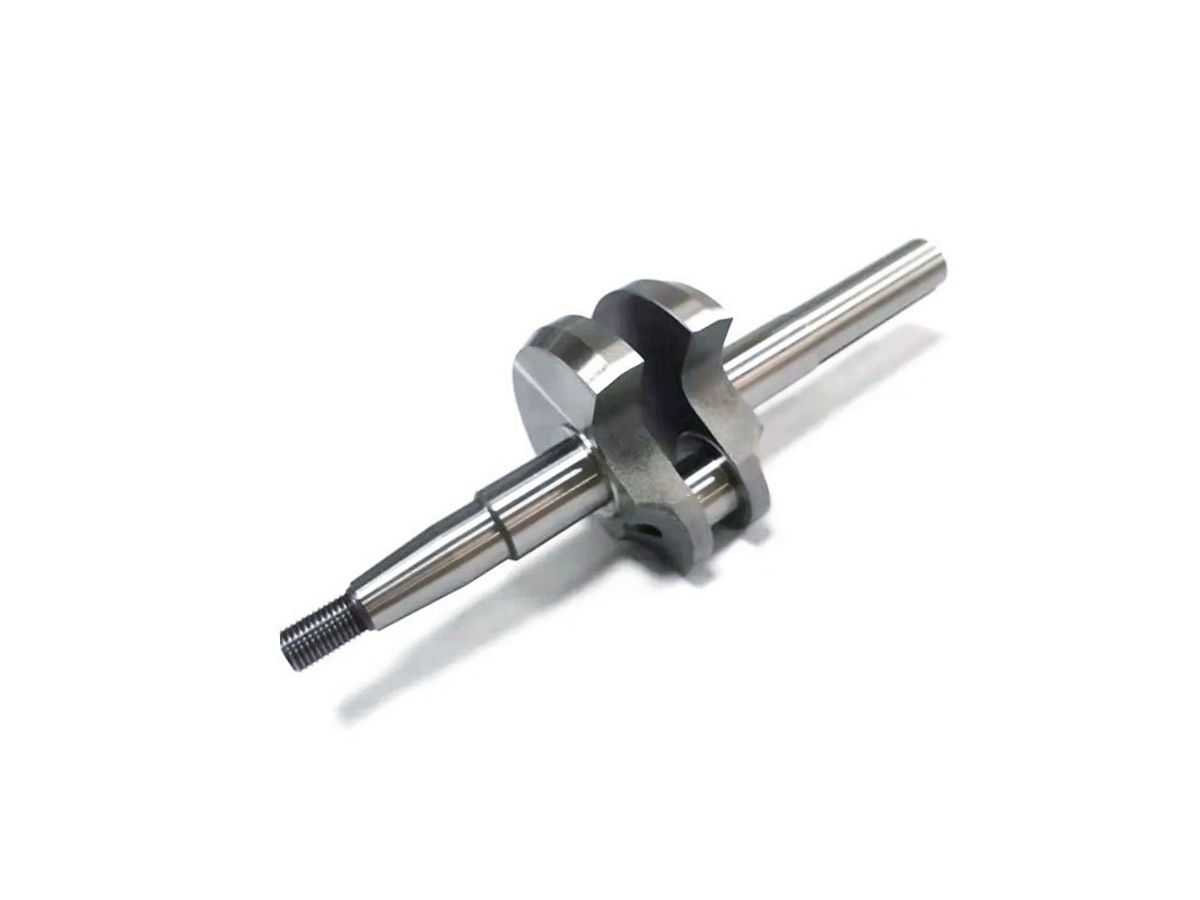Industrial Equipment Manufacturing: CNC Grinding Solutions for Brass and Carbon Steel Components
Introduction
The industrial equipment industry demands components with precise dimensions, exceptional durability, and resistance to harsh operating conditions. Brass and carbon steel, highly valued for their strength, machinability, and versatility, are extensively utilized in manufacturing valves, gears, fittings, and structural components across various industrial sectors.
Advanced CNC grinding services ensure high dimensional accuracy, superior surface finishes, and exceptional consistency for brass and carbon steel parts. Precision grinding significantly enhances component reliability, reduces equipment downtime, and ensures longevity in industrial applications.
Brass and Carbon Steel Materials
Material Performance Comparison
Material | Tensile Strength (MPa) | Yield Strength (MPa) | Machinability | Typical Applications | Advantage |
|---|---|---|---|---|---|
345-470 | 125-310 | Excellent | Valves, fittings, connectors | Superior machinability, excellent corrosion resistance | |
345-500 | 130-350 | Very Good | Industrial locks, hardware fittings | Good corrosion resistance, strong formability | |
565-700 | 310-450 | Good | Gears, shafts, couplings | High tensile strength, excellent wear resistance | |
655-979 | 415-655 | Good | Heavy-duty gears, structural components | Superior toughness, exceptional fatigue resistance |
Material Selection Strategy
Choosing brass and carbon steel materials for industrial equipment requires careful evaluation of application-specific demands:
Components requiring superior machinability and corrosion resistance: Brass C360 is ideal for precision fittings, connectors, and valves.
Industrial hardware components needing formability and corrosion resistance: Brass C385 offers excellent versatility and reliable corrosion protection.
Heavy-duty mechanical components subjected to wear and high stress: 1045 Carbon Steel delivers high tensile strength and durability, ideal for gear and shaft applications.
Structural components demanding toughness and fatigue resistance: 4140 Carbon Steel provides unmatched reliability for critical, high-load applications.
CNC Grinding Processes
Process Performance Comparison
CNC Grinding Technology | Dimensional Accuracy (mm) | Surface Roughness (Ra μm) | Typical Applications | Key Advantages |
|---|---|---|---|---|
±0.002-0.01 | 0.2-0.8 | Valve plates, mounting brackets | High precision flatness, excellent finish | |
±0.002-0.01 | 0.4-1.2 | Precision shafts, gear blanks | Precise concentricity, excellent diameter control | |
±0.001-0.005 | 0.2-1.0 | Bolts, pins, fasteners | High throughput, consistent dimensional accuracy | |
±0.001-0.005 | 0.1-0.6 | Intricate gears, critical valve components | Tight tolerances, superior surface integrity |
Process Selection Strategy
Choosing the appropriate CNC grinding process for brass and carbon steel components depends on operational requirements:
Flat components needing precise finishing: Surface Grinding delivers superior flatness and surface quality, ideal for sealing surfaces and mounting plates.
Cylindrical parts demanding high precision and dimensional stability: Cylindrical Grinding ensures accurate dimensions for rotating machinery parts.
Mass-produced components with consistent diameter control: Centerless Grinding provides excellent productivity and repeatable quality.
Complex, high-precision parts needing stringent tolerances: Precision CNC Grinding ensures the reliability and performance of intricate gear and valve components.
Surface Treatment
Surface Treatment Performance
Treatment Method | Corrosion Resistance | Wear Resistance | Temperature Stability (°C) | Typical Applications | Key Features |
|---|---|---|---|---|---|
Excellent (≥800 hours ASTM B117) | High (HV400-800) | 250-400 | Fittings, gears, fasteners | Enhanced durability, superior aesthetic finish | |
Good (400-600 hours ASTM B117) | Moderate-High | ≤300 | Structural components, gears | Provides moderate corrosion protection, improved appearance | |
Excellent (500-1000 hours ASTM B117) | High (HV800-1200) | Up to 550 | Heavy-duty gears, shafts | Increased surface hardness, improved wear resistance | |
Good (300-500 hours ASTM B117) | Moderate | ≤250 | Brass decorative parts, fittings | Maintains original metallic appearance, moderate protection |
Surface Treatment Selection
Surface treatments for brass and carbon steel industrial components should match specific performance criteria:
Superior corrosion protection and aesthetics for brass fittings: Electroplating is optimal for high-end, visually critical components.
Enhanced corrosion resistance with improved aesthetic for carbon steel parts: Black Oxide Coating provides balanced protection and visual appeal.
Heavy-duty mechanical components requiring exceptional durability: Nitriding significantly enhances surface hardness and wear performance.
Preserving original metallic aesthetics in brass components: Clear Coating offers suitable protection with minimal alteration to appearance.
Quality Control
Quality Control Procedures
Dimensional verification utilizing Coordinate Measuring Machines (CMM) and optical comparators.
Surface roughness assessments were conducted using precision profilometers.
Mechanical property testing, including tensile and yield strength (ASTM standards).
Corrosion resistance evaluation according to ASTM B117 (Salt Spray Test).
Visual inspections for defects, surface uniformity, and aesthetics.
Complete documentation in accordance with ISO 9001, ASTM, and relevant industrial standards.
Industry Applications
Brass and Carbon Steel Applications
Valves, connectors, and fittings used in industrial fluid control systems.
Heavy-duty gears, shafts, and bearings for industrial machinery.
Structural and mounting components within industrial equipment assemblies.
Precision fasteners and bolts are critical for mechanical integrity and performance.
Related FAQs:
Why are brass and carbon steel popular in industrial equipment manufacturing?
How does CNC grinding improve the precision and durability of industrial components?
What surface treatments enhance brass and carbon steel durability in industrial environments?
Which quality standards are essential for CNC-ground industrial equipment components?
How do you select appropriate brass and carbon steel grades for specific industrial applications?

